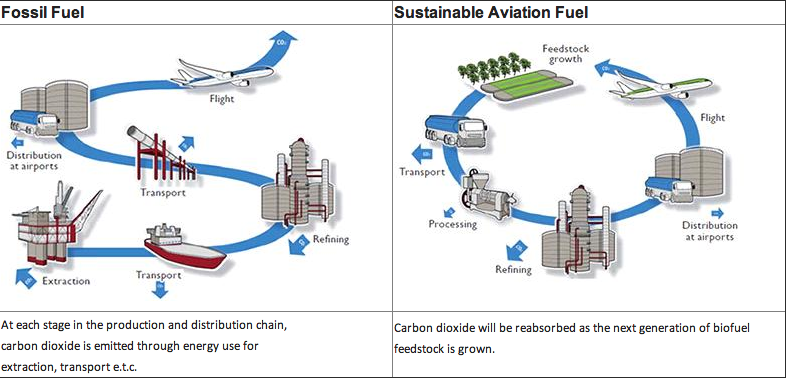WASHINGTON – The expense of alternative fuels has kept airlines from making the switch from traditional petroleum fuels.
“The cost of biofuels is such that airlines cannot afford them and because they cannot afford them there is no move to develop them,” said International Air Transport Association Public Affairs Officer Perry Smith.
Smith, in a cab in Washington on his way to the airport, said in a phone interview that alternative fuels have proven to be as good or better than conventional fuels in trials.
“But we are not farmers. We can’t grow the stuff,” Smith said. “We need someone to grow and refine it.”
In a study published by the Government Accountability Office, the watchdog agency found a supply and demand problem: low production of alternative fuels means their cost is too high for airlines to have enough incentive to make the switch.
The growth of corn and algae, used to create alternative fuels, is believed to take the carbon dioxide produced by combustion of fuel back out of the atmosphere, thus providing an environmental incentive for the use of the alternative fuels.
“The production is renewable, unlike petroleum,” Gerald Dillingham, who worked on the GAO study, said. “In theory it absorbs the same amount [of carbon] as it produces.”
The actual fuel, according to Dillingham, is identical “on a molecular basis” to conventional sources and could emit the same amount of carbon dioxide. But, because the production takes in carbon dioxide – when the corn and algae bring in the greenhouse gas for photosynthesis – it is a better environmental option.
Trials by the International Air Transport Association have shown that the alternative fuels could be more fuel-efficient. The member airlines ran flight tests with alternative fuels between 2008 and 2011. The tests proved that the alternative fuel mixed well with petroleum and in some cases the aircraft were more fuel efficient, according to the association’s website.
The tests also found that planes did not have to be altered to accommodate the use of alternative fuels.
On a national level, the Federal Aviation Administration has set fuel-efficiency goals. By 2020, the agency wants to see a reduction of 115 metric tons of carbon dioxide emissions from commercial aviation.
Despite some of the cost barriers, some national airlines are making moves to use more alternative fuels.
United Airlines partnered with AltAir Fuels to provide commercial scale and cost-competitive alternative fuels to the airline’s hub in Los Angeles last year.
Using alternative fuels, building more fuel-efficient planes and other environmental initiatives helped United reduce carbon dioxide emissions by 925,000 metric tons in 2013. The airline also reduced fuel consumption by 95 million gallons, according to Mary Ryan of the communication office.
Many of these alternative fuel partnerships like United and AltAir are on the horizon for other airlines, Smith said. The partnerships could help deal with the cost problems. He said, “The industry has been extremely proactive in terms of identifying possible fuel sources.”

